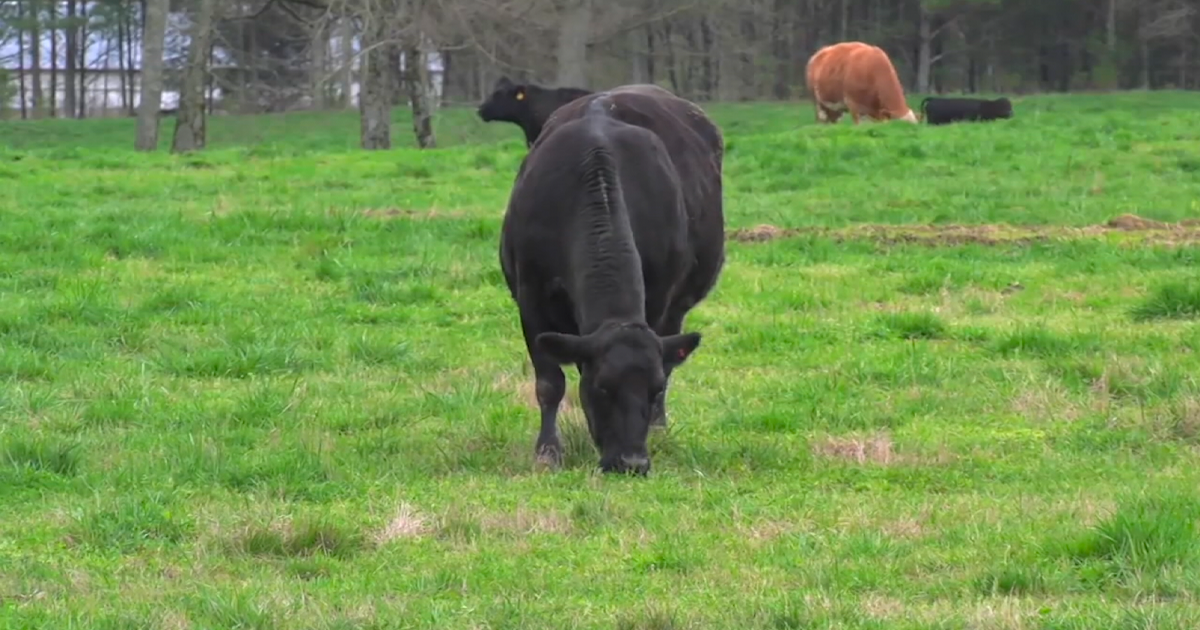Athens, GA |
It’s been sticker shock for customers browsing the beef section of their local grocery store over the past few years with prices reaching record high levels. That trend is likely to continue this year with inventory taking a dip.
“So, in 2024, cattle prices should be very high. We should continue to see the trend that we saw in 2023 where we saw prices continually higher year over year. In 2024, we expect that to continue where we see prices higher year over year,” says Will Secor, Extension Livestock Economist.
However, that had yet to curb the demand. In fact, the amount of beef being eaten domestically continues to rise.
“Despite those really high beef prices, we actually see consumers consuming more beef per person in the US. We have pretty similar real prices, normal prices for beef in the retail sector for the past couple of years as say maybe where we were in 2014 or so. We’re actually consuming a few more pounds per person in the US,” says Secor.
As for when consumers can expect to see a bit of relief on the prices, that won’t be for quite some time with herd contraction predicted to continue.
“We’re expecting probably about a ten year to eleven-year cycle on average when we look at the history of cattle inventory numbers. What that means is we just hit year ten. So, we’re going to be moving into year eleven in 2025. So, we expect probably sometime around 2025 for those numbers to bottom out and start to move higher form there,” says Secor.
Just how high those prices get might determine the future of the cattle market.
“Once we start see beef prices this high, we’re really kind of testing the consumer’s willingness and ability to pay for beef. The question mark is, especially if we hit any kind of macroeconomic concerns like a recession or higher unemployment, then we might start to see the consumer start to pull back from beef and maybe go to other cheaper protein alternatives such as chicken or pork,” says Secor.
With all those economic uncertainties, cattlemen could mitigate some of that risk by taking advantage of the current prices.
“Cut costs where you can, but don’t cut corners. Then, also think about with these high prices, where are opportunities to lock in and protect from any kind of downside price risk. So, thinking about all the different price risk management strategies that they can take advantage of, what fits their operation and how can they use those to manage some of those risks and take advantage of these higher prices,” says Secor.
By: Damon Jones

